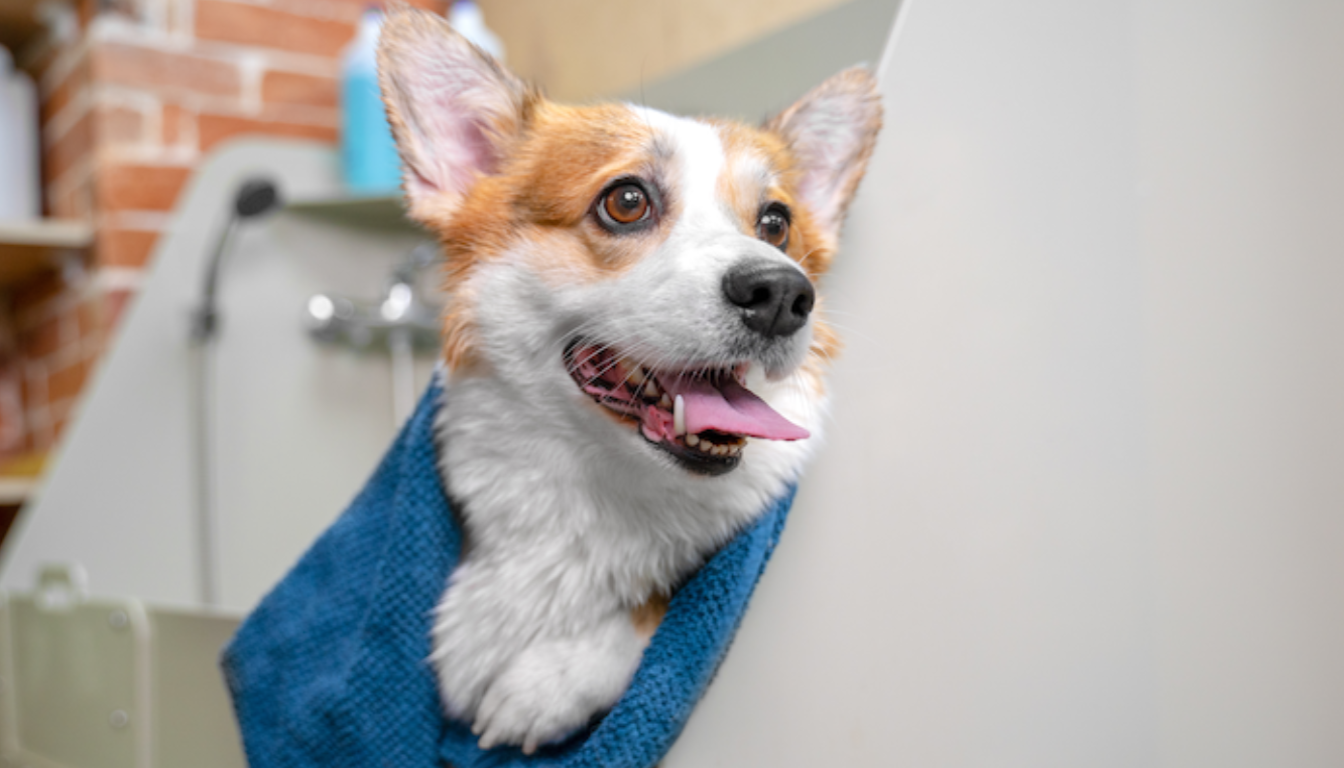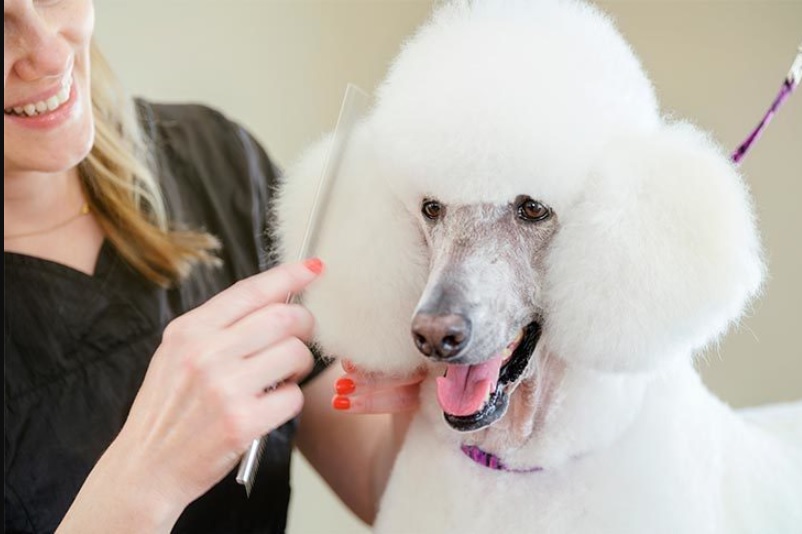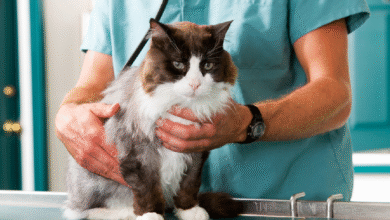Choosing the Right Pet for Your Lifestyle. Caring for a companion animal is a rewarding journey that requires much more than providing basic necessities like food, water, and shelter. It demands thoughtful research and intentional planning to ensure that you’re choosing the right pet for your lifestyle—and that your lifestyle, in turn, can accommodate your pet’s long-term needs. In this comprehensive guide, we’ll share practical advice to help you prepare yourself and your home for a new furry companion.

Are You Ready to Adopt?
Adopting an animal means making a lifelong commitment to care for that pet throughout all phases of its life. For dogs, this often means 10 to 15 years of responsibility, and for cats, up to 20 years or more. Life changes—like moving, having children, or starting a new job—are inevitable, and your pet will remain a permanent part of your household throughout them all. Before adopting, ask yourself: If your life circumstances change, will you still be able to care for your animal?
- Adoption costs don’t end at the initial fee. Food, routine veterinary visits, vaccinations, spaying or neutering, and identification—such as collar tags or a microchip—can add up quickly.
- Time is a crucial factor. Dogs need several hours of exercise and social interaction each day. Cats thrive when kept indoors and enjoy active play sessions to keep them mentally and physically stimulated.
- If your schedule includes frequent travel or you’re often away during the day and evening, it may not be the right time to bring a pet into your life.
- It’s also essential to consider your household dynamic. Are your children and current pets prepared to welcome and adapt to a new cat or dog?
Choosing the Right Pet for Your Lifestyle
Your individual lifestyle and personality should guide your pet adoption decision. Factors like available space, how much time you spend at home, your energy levels, and personal preferences all matter. Researching various breeds and speaking with shelter professionals can provide clarity—they’re well-equipped to help you find a pet that aligns with your living situation and expectations.
- If you have young children, adopting a very young puppy may not be ideal. Instead, consider a medium-sized dog over five months old who may be calmer and better suited to family life.
- Make a plan in advance outlining which family members will be responsible for tasks such as feeding, walking, grooming, and playing with your new pet.
- Ensure your new dog is spayed or neutered. Early socialization is key to raising a well-adjusted, confident pet. Enroll puppies in training classes where they can safely interact with other dogs.
- Adult dogs also benefit from basic obedience classes, where they can refresh existing skills or learn new ones.
- Many shelters house a large number of pit bull-type dogs. These breeds are often misunderstood but can make wonderful, loyal companions when matched with the right owner.
- Before adopting any breed—especially pit bulls—check with your local animal shelter or city hall regarding breed-specific legislation. Some regions may have restrictions or insurance limitations. While such laws shouldn’t prevent you from adopting a loving dog, it’s important to understand your rights and any limitations beforehand.
Thinking About Adopting a Cat?
Cats are elegant, agile, playful, affectionate, and highly sensitive animals. Choosing the right pet for your lifestyle might lead you to consider a feline companion—especially if you’re seeking a more independent yet loving animal.
- Ensure that everyone in the household is genuinely ready and willing to welcome a cat into the family dynamic.
- Remember that cats value their independence. The real bonding begins only once the cat feels secure and her basic needs are consistently met.
- Before the cat arrives, assign tasks such as feeding, litter box maintenance, and grooming among household members so everyone is prepared to care for her properly.
- As with dogs, spaying or neutering your cat is essential for her long-term health and for reducing overpopulation.
Preparing Your Home for a New Cat or Dog
Before welcoming a new pet, your home should be a safe and comfortable environment that minimizes risks and maximizes happiness. Pet-proofing your space is a key part of choosing the right pet for your lifestyle and ensuring that both you and your animal enjoy a smooth transition.
- Set up a cozy bed in each main room of the house. When pets have inviting alternatives, they’re more likely to stay off the furniture.
- For cat owners, place double-sided sticky tape or upside-down carpet runners on furniture to deter scratching.
- Steer clear of vertical blinds, dangling tassels, pooled drapes, and long cords—all of which can pose strangulation hazards.
- If you’re bringing home a cat, install sturdy metal screens on windows to prevent accidental falls.
- Roll up decorative rugs and store them until your new dog is fully house-trained.
- Provide a variety of scratching posts and perches for cats to channel their natural instincts.
- Use crates and gates to keep your new dog confined
Bringing Home a New Horse
Horses are deeply social creatures that naturally form herds in the wild. Because of this herd instinct, integrating a new horse into an existing group is often manageable if done thoughtfully. Choosing the right pet for your lifestyle may include welcoming a horse into your stable, and doing so requires careful attention to both safety and social comfort—for the new horse and the resident herd.
Preparing for the New Arrival
- Inspect the barn: A new horse is likely to explore every corner of its new space and may not be cautious around unfamiliar hazards. Check thoroughly for loose nails, protruding hooks, and other sharp objects.
- Examine doors and walls: Ensure there are no openings that could trap a hoof or head. Feed room doors should close securely, and buckets must be positioned high enough to avoid hoof access.
- Evaluate the paddock: A horse unfamiliar with the area may uncover weaknesses in fencing or hidden dangers like fallen branches, wires, or trash. Check water troughs for sharp edges, and ensure two water sources are available if the new horse will join others, in case he’s pushed away from one.
- Check your first-aid supplies: Be prepared for unexpected injuries by having essential medical equipment readily accessible.
Getting the Space Ready
- If stalled: Prepare the stall with fresh shavings, hay, and a water bucket filled three-quarters full. A well-prepared stall helps the horse settle faster, especially if it offers a good view of other horses.
- If turned out in a paddock: Set up shelter, fill the water source, and provide hay before your horse arrives. Choose a paddock that offers visibility of other horses without allowing direct contact.
- Offer enrichment: Mental stimulation reduces stress and encourages healthy behavior. Use items like wall-mounted scratching brushes, multiple small hay piles, or toys that dispense treats. Even floating apple slices in a water bucket can engage your horse’s senses.
Introducing Your Horse to the New Environment
- Walk and observe: As soon as the horse exits the trailer, give him time to explore the area on foot. Let him sniff and observe his surroundings for at least 15 minutes before moving into the stall or paddock.
- Familiarize with resources: Walk the horse around inside the stall or paddock, pointing out water, food, and enrichment items.
- Monitor closely: After settling him in, stay nearby and observe for at least one hour. Look for signs of relaxation such as eating hay, normal breathing, relaxed ears, or shaking off tension like water from his coat.
- Walk again after the first night: The next day, take your horse on two walks around the property. Scatter treats in areas where other horses have been active to encourage curiosity and comfort through exploration.

Choosing the Right Pet Introducing Your New Horse to the Herd
Whether you already own one horse or manage a larger herd, introducing a new member should be done in deliberate stages. This gradual method, known as the “howdy process,” gives the horses a chance to adjust to each other’s presence before full contact is made. This is especially vital when choosing the right pet for your lifestyle involves equines, as horses depend on stable social dynamics for both physical and emotional well-being.
Stages of the Howdy Process
- 1. Visual Access: Begin with sight-only introductions. Horses feel more at ease when they can observe each other before interacting directly. From day one, allow your new horse to see the other horses from a safe distance, reducing fear and stress responses.
- 2. Limited Tactile Contact: When the horses are calm with visual contact, allow minimal physical access. Let them sniff and blow into each other’s nostrils—an important social behavior—without full-body contact. Use solid barriers like stall guards or fencing to prevent entanglement. Expect normal behaviors such as pinned ears or hoof strikes, and avoid interfering unless an injury is imminent.
- 3. Increased Tactile Contact: Once both horses appear calm during initial contact, allow more physical interaction. Begin with the dominant horse in the herd. Use non-slatted fencing to prevent injuries. Watch for grooming behaviors or casual touching, which indicate progress. Continue to monitor for signs of aggression, but refrain from interrupting unless safety is at risk.
- 4. Full In-Paddock Access: Before granting full freedom together, inspect the paddock thoroughly. Scatter multiple hay piles and enrichment items throughout the area to reduce competition and tension. If appropriate, equip horses with leg protection gear. For smoother transitions, conduct this phase in a paddock adjacent to the tactile-access area so the change feels natural.
Final Tips for Full-Access Integration
- Train your new horse to respond to voice cues before turning him out with the herd.
- Perform the full-access session immediately after an increased tactile session for smoother adjustment.
- Expect temporary chasing or pushing behavior from the resident herd—this usually fades within a few days.
- Look for signs of comfort such as eating, drinking, grooming, lying down, and relaxed posture. These indicate successful integration.
- Once the new horse is peacefully coexisting with others, it’s safe to leave him unattended in the paddock.
Conclusion
Bringing home a new animal—whether it’s a dog, cat, or horse—requires careful preparation, research, and emotional readiness. By considering your lifestyle, available time, household dynamics, and future plans, you can make an informed and compassionate decision. Choosing the right pet for your lifestyle ensures a successful, long-lasting bond and a happier life for both you and your new companion.
https://youtu.be/DgCcEixnBE4
Summary Table: Choosing the Right Pet for Your Lifestyle
| Section | Key Points |
|---|---|
| Are You Ready to Adopt? |
|
| Which Pet Is Right for You? |
|
| Adopting a Cat |
|
| Preparing Your Home |
|
| Bringing Home a Horse |
|
| Integrating into the Herd |
|




